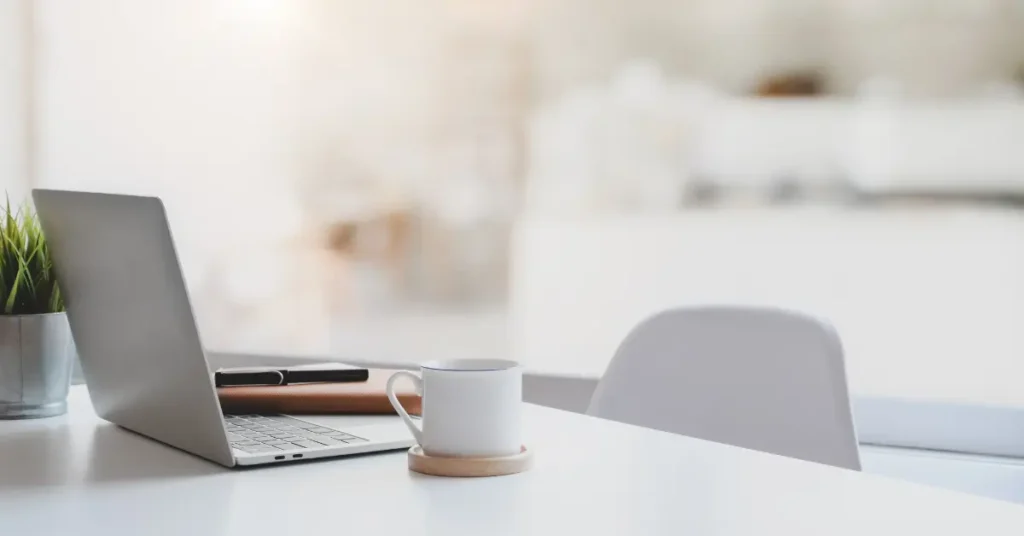Home Office Design as an Interior Designer: Ignite Your Expertise

In recent years, the concept of working from home has surged in popularity, and with good reason. The flexibility, comfort, and efficiency that a well-designed home office can offer are unmatched. As an interior designer, you possess a unique skill set that can transform a mundane workspace into a haven of productivity and creativity. In this comprehensive guide, we’ll explore the essential elements and considerations for designing the perfect home office.
1. Define the Purpose and User Profile
Before diving into the design process, it’s crucial to understand the specific needs and requirements of the individual who will be using the home office. Are they a freelance writer in need of a quiet space for concentration, or a graphic designer who requires ample desk space for creativity? Defining the purpose of the office will guide all subsequent design decisions.
Understanding the user’s profile includes their work habits, preferences, and ergonomic needs. For instance, a programmer may need multiple monitors and a comfortable chair, while a writer may require a quieter environment with minimal distractions.
2. Choose the Right Location
The location of the home office within the house is key to its functionality. Consider factors such as natural light, noise levels, and proximity to distractions. Ideally, the office should be situated in a quiet area with plenty of natural light to enhance productivity and mood.
A room with a view can be inspiring, but it’s essential to balance this with potential distractions. If the user is easily distracted, consider a room away from high-traffic areas or noise sources.
3. Create a Functional Layout
The layout of the home office should be carefully planned to maximize efficiency and comfort. Consider the placement of key elements such as the desk, chair, storage units, and technology. Aim for a layout that promotes good ergonomics and minimizes clutter.
The desk should be positioned to maximize natural light while minimizing glare on computer screens. Allow for ample space for movement and ensure that essential items are within easy reach.
4. Prioritize Comfort
Since many hours will be spent in the home office, comfort should be a top priority. Invest in a high-quality ergonomic chair that provides proper support for the back and promotes good posture. Additionally, consider incorporating cozy elements such as rugs, cushions, and throws to create a warm and inviting atmosphere.
Ergonomics play a crucial role in comfort and long-term health. Ensure that the desk height allows for proper arm and wrist positioning, and consider adjustable options for both the desk and chair.
5. Harness Natural Light
Natural light has been shown to improve mood, productivity, and overall well-being. When designing the home office, maximize the use of natural light by positioning the desk near windows and using light, airy window treatments that allow sunlight to filter through.
However, it’s essential to balance natural light with potential glare issues. Consider adjustable blinds or curtains to control light levels throughout the day.
6. Optimize Storage Solutions
Clutter can hinder productivity and creativity, so it’s essential to incorporate effective storage solutions into the design of the home office. Consider built-in shelving, filing cabinets, and multifunctional furniture to keep supplies and paperwork organized and within reach.
Customized storage solutions can make the most of available space while keeping the office looking tidy and organized. Consider incorporating hidden storage options to maintain a streamlined aesthetic.
7. Incorporate Inspirational Elements
A well-designed home office should inspire creativity and motivation. Incorporate elements that reflect the individual’s personality and interests, such as artwork, plants, or motivational quotes. These personal touches can help create a space that feels uniquely theirs.
Consider creating a vision board or gallery wall featuring images and quotes that inspire and motivate the user. These visual elements can serve as daily reminders of their goals and aspirations.
8. Pay Attention to Color and Décor
The color scheme and décor of the home office can have a significant impact on mood and productivity. Choose colors that promote focus and concentration, such as soft blues, greens, or neutrals. Additionally, incorporate décor elements that complement the overall aesthetic of the space while adding visual interest.
Consider incorporating pops of color through artwork, accessories, or accent furniture to add personality and warmth to the space. Experiment with different textures and finishes to create visual depth and dimension.
9. Ensure Adequate Technology Integration
In today’s digital age, technology is an integral part of the modern home office. Ensure that the office is equipped with reliable internet access, ample electrical outlets, and appropriate technology such as computers, printers, and chargers. Conceal unsightly cords and cables to maintain a clean and organized workspace.
Consider incorporating built-in charging stations or cable management solutions to keep cords neatly organized and out of sight. Invest in high-quality technology that meets the user’s needs and enhances productivity.
10. Don’t Forget About Acoustics
Noise can be a major distraction in a home office environment. Take steps to minimize noise levels by choosing sound-absorbing materials for flooring, walls, and furniture. Additionally, consider incorporating acoustic panels or rugs to dampen sound and create a quieter, more focused workspace.
If the home office is located in a high-traffic area or near noisy appliances, consider installing soundproofing materials to block out unwanted noise. Encourage the use of headphones or white noise machines to create a more peaceful work environment.
Conclusion
In conclusion, designing the perfect home office requires careful consideration of the individual’s needs and preferences, as well as attention to detail in terms of layout, comfort, functionality, and aesthetics. By following these tips and guidelines, interior designers can create a home office that not only meets the practical demands of remote work but also inspires creativity, productivity, and well-being. Whether it’s a cozy corner nook or a dedicated room with a view, the perfect home office is within reach with the right design expertise and attention to detail.












